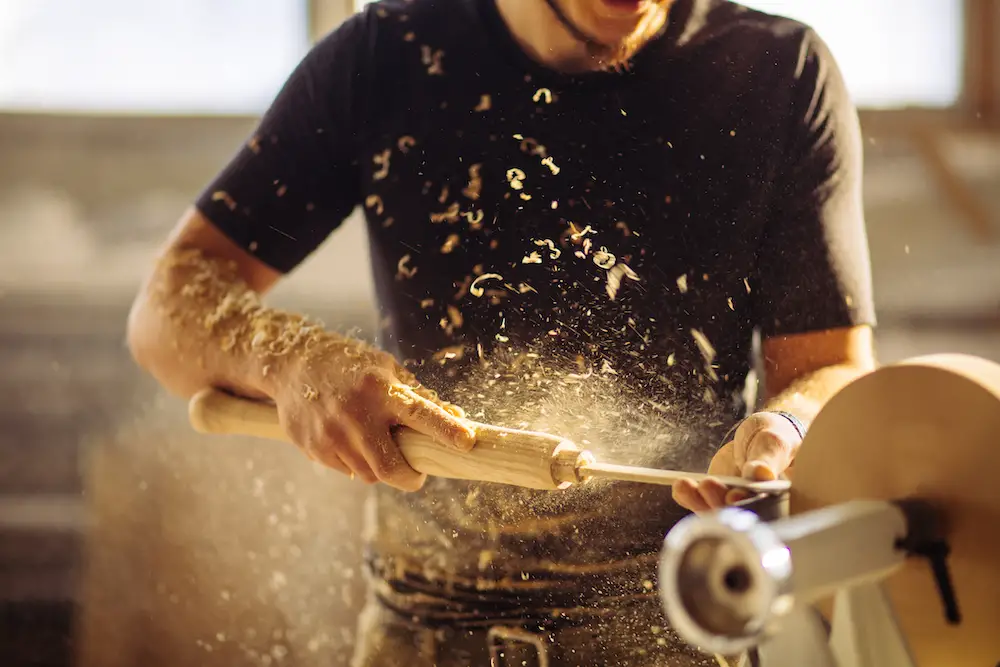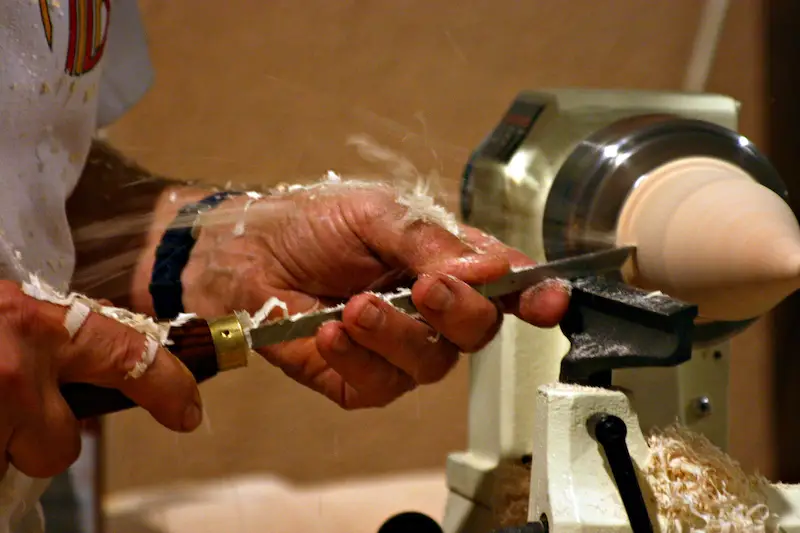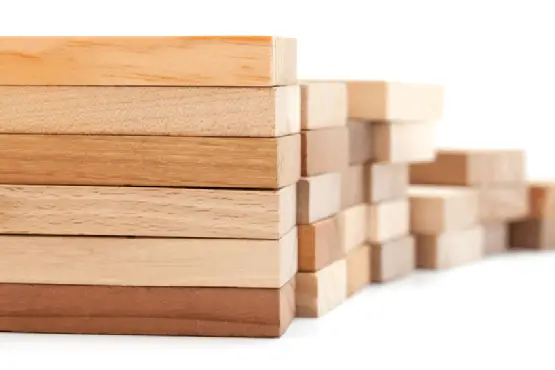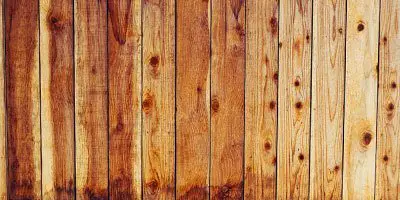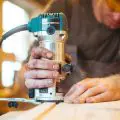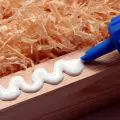Woodworking
Best Wood Lathe for Beginners
Any piece of wood with a smooth, cylindrical finish has passed through a wood lathe. That includes wooden fixtures like table and chair legs and items such as baseball bats, cue sticks, and other cylindrical pieces of wood.
The wood lathe is the go-to machine for turning dimensional lumber into cylindrical shapes. It is sometimes deployed as a sanding device due to its time-saving functionality, which allows you to get the job done faster, more accurately, and without spending too much energy on the process.
How a Wood Lathe Works
To use a wood lathe, the first thing to do is insert the wood piece into the machine’s center. The center is a special holder that spins the piece of wood rapidly while holding it in place. As it turns, the crafter uses blades of different sizes to shape the spinning piece of wood. Some wood lathes come with handheld blades that the crafter must hold, but others come with blades fixed onto the unit, eliminating the need to hold them against the spinning wood.
Types of Wood Lathe Machines
There are seven common types of lathe machines:
Center Wood Lathe
The most widely used types of wood lathes are known as center lathes. These lathes use gear transmissions instead of a belt-driven tower wheel, so they don’t suffer from issues like belt dislocation. Due to the horizontal placement of the transmission shaft, center lathes are sometimes called horizontal lathes. A notched wood lathe machine features a notched bed surface.
Tabletop Lathe Machine
A tabletop or bench lathe may resemble a typical center wood lathe, but the difference is that these come installed on work tables. These wood lathes are bulkier and less portable, but they’re better suited for creating tools, parts, and instruments used for precision measuring.
Vertical Lathe Machines
Though they feature a horizontal bed, vertical lathes get their name from the vertical installation of their central axis. They usually have a rotatable bed too. Vertical wood lathes are suitable for working with short, large-diameter pieces.
Hexagonal Lathe
The hexagonal lathe machine gets its name from its hexagonal rotating turret, which replaces the ordinary tailstock present in most wood lathes. This wood lathe can process numerous workpieces simultaneously, making it ideal for mass production.
Automatic Wood Lathe
Automatic lathe machines don’t need much human input. Once a workpiece is done, they automatically retract the tool and engage the feed, allowing them to line up the next workpiece while turning the finished product. These machines are a common feature in the creation of small-diameter wood workpieces.
Imitation Turning Lathe Machines
These lathe machines work based on a template to create identical workpieces. The turning tool and the carving ‘stylus’ move based on the provided template or model, thus allowing workpieces to be turned and shaped identically.
CNC Lathe Machines
The highest-end machines in the lathe niche are Computer Numerical Controlled or CNC lathes. As their name explains, computers control these, making them capable of rapidly producing workpieces that require high degrees of precision and creating complex designs.
The Best Wood Lathe Brands for Beginners
Rikon 70-100
Some of the best wood lathes for beginners are manufactured by Rikon. The Rikon 70-100, for instance, is exceptionally versatile and has a user-friendly design that suits beginner-level woodturning.
Powermatic 3520B
Powermatic lathes are also decent options, especially the Powermatic 3520B, which has variable speed control and a 2HP motor capable of handling larger workpieces.
Jet JWL-1221VS
Other good options for beginners and experienced woodturners include the Jet JWL-1221VS, the Nova 4600 Comet II, and the Delta Industrial 46-460.
Delta Industrial 46-460
Best Chisels for Wood Lathe Machines
Wood lathes support a variety of blades, making them capable of crafting wood for multiple applications. Blades can differ in width, shape, and angle, and these variations determine how they cut the spinning wood.
The most basic wood lathe usually comes with five to eight blades, otherwise called woodturning tools (or chisels). These are typically handheld. An example of a basic woodturning chisel kit may look as such:
Spindle roughing gouge
This is often the biggest tool in the kit, and it has the most important job: turning square blanks into round pieces. The spindle roughing gouge is usually what you begin with to create a roughly round shape. It is wide (sometimes ridiculously so) and features a rough grind.
Shallow fluted gouge
The shallow fluted gouge is also known as the spindle gouge. It delivers more delicate finishes and shapes spindle work into relatively smooth finishes. It can also create details such as beads and coves.
Skew chisel
A skew chisel is an excellent tool for planing wood. It delivers such fine finishes that you’ll hardly need to sand the wood afterward. What’s more, it is suitable for fine, intricate details. Depending on your skill level, you can use the skew chisel for most jobs.
Parting chisel
As its name suggests, a parting chisel helps cut wood on the lathe into two parts. But, for the sake of safety, it is not advisable to part wood all the way using a parting chisel. A safer approach is to part it most of the way and use a saw to cut the rest of it (after turning off the lathe, of course).
Bowl gouge
This is the tool you’ll inevitably need if you’re shaping bowls—whether inwards or outwards. The bowl gouge can sometimes do spindle work, but its profile is much deeper, so it will only serve as a spindle gouge in expert hands.
Fingernail gouge
This is a slightly more versatile iteration of the bowl gouge due to its U-shaped grind. A traditional bowl gouge, for reference, has a completely straight grind. This swept-back grind gouge uses its wings as cutting edges, making it capable of a broader range of cuts.
Wood lathes are sometimes the perfect sanding tools. A crafter has to hold a piece of sandpaper against the spinning wood to get a smooth, consistent finish at a fraction of the time it would take to rub the wood repeatedly. Therefore, using a wood lathe is less physically demanding as well as time-saving. It also guarantees pretty good results.

